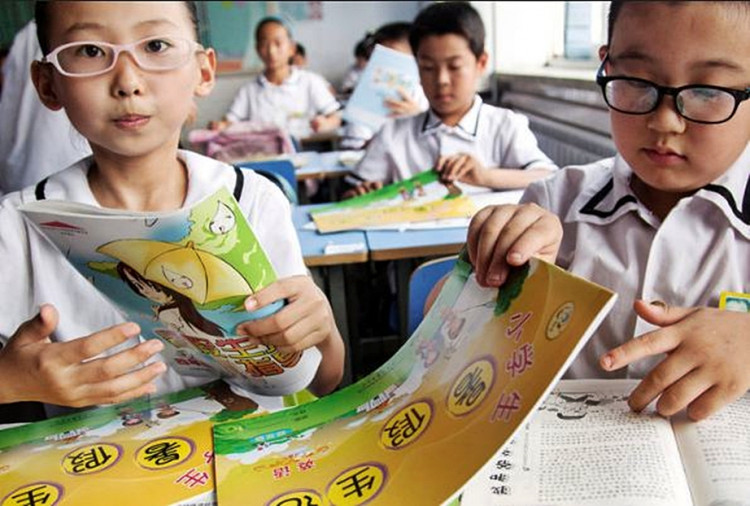China's problem with near-sightedness or myopia has become so severe the country's Ministry of Education has put together a plan to better protect the eyesight of school children and teenagers.
Near-sightedness or myopia causes distant objects to be blurry while close objects appear normal.
At the core of this plan, which is being coordinated with other government agencies, is regulating the number of online games and limiting gaming time among kids and teens. Among the regulations being considered are an age-appropriate reminder system and other measures to limit playing time.
China has the highest rate of childhood near-sightedness in the world, according to the World Health Organization (WHO). President Xi Jinping recently urged concerned government agencies to place a greater focus on developing a solution to the near-sightedness problem.
The goal of this program is to limit by 2023 the myopia rate in children and teens by 0.5 percent overall per year. Another key goal is to reduce the rate by more than one percent per year in provinces where near-sightedness is more prevalent.
By 2030, the Ministry of Education expects to control the myopia rate in six-year-olds at three percent. This rate rises to 38 percent for all primary school-age students. It's below 60 percent for junior high students and below 70 percent for high school students.
Equally important, the ministry wants parents to drastically reduce their children's screen time. It also wants to have parents ensure their kids have healthy sleep schedules. Children should also have adequate nutrition and encourage them to play outdoors and form sturdy exercise habits.
It also demands schools conduct eye exercises for students daily while limiting the use of electronics to 30 percent of total teaching time.
The myopia problem plaguing Chinese youngsters is similar to that faced by the People's Liberation Army Air Force (PLAAF). The PLAAF is having a hard time recruiting pilots because of the widespread presence of myopia among many of the Chinese youth.
It cited a study involving some 4,700 primary and junior middle school students in the city of Guangzhou in southern China, which revealed that 12 percent of students from Grade One in primary schools were suffering from myopia. More shockingly, this percentage jumps to a staggering to 67 percent among students of Grade One in junior middle schools.
China now ranks first in terms of myopia among teenagers, worse than even the rates in the United States and Japan despite teenagers in both countries having been exposed to electronic devices for a far longer period.
In an op-ed about this issue, Senior Colonel Dai Xu, a professor at the PLA National Defense University, said he and a colleague in charge of PLAAF pilot recruitment visited a senior middle school in South China three years ago to study the vision problems of students.
Their joint investigation found that only 8 to 10 students in a class of 40 students didn't wear eyeglasses. The rate of myopia was an astounding 80 percent. That rate might be higher since some students without glasses might be wearing contact lenses.






